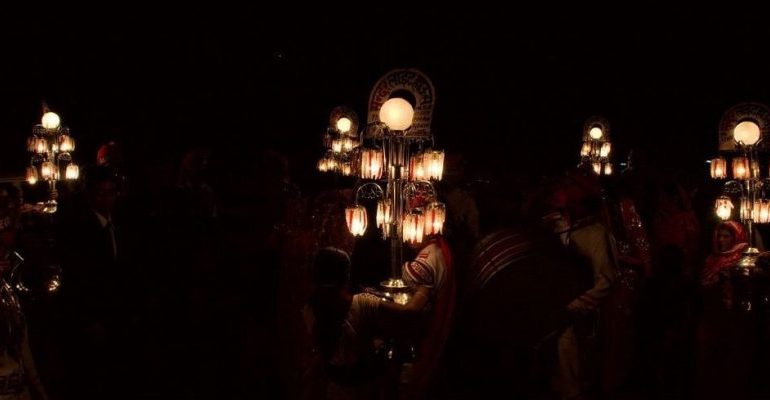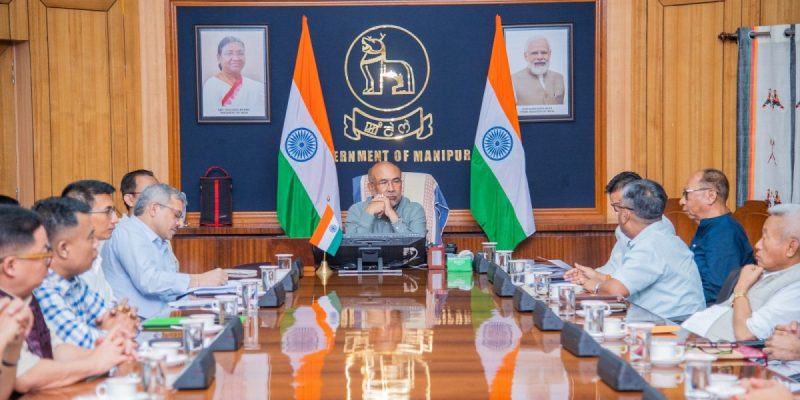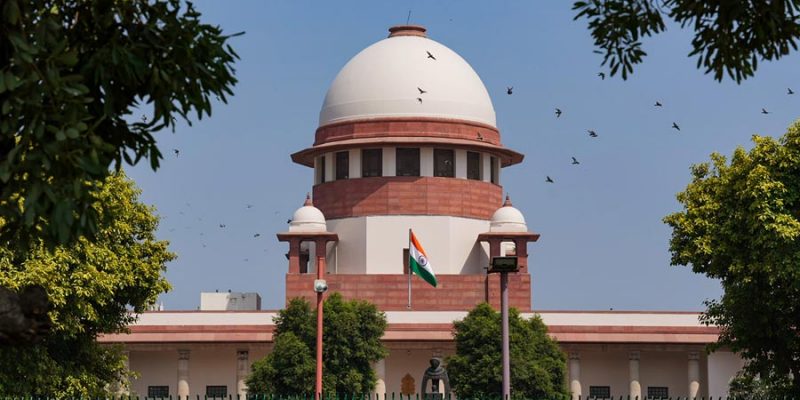Bihar Caste Survey: The Who’s Who in the Data | Bari and Bauri

Beyond politics, the Bihar caste survey is a revolutionary document.
A public document, the first ever after 1931, allowing for people to stand up and be counted.
We go down to the wire, on what each of the numbers unveiled mean.
Who are the people referred to by percentages in the survey?
Today we look at Bari and Bauri (61,003 and 3,250 people).
§
You must have seen them in your neighbourhood. The people we are going to discuss today have a unique identity and role. One, they bear a light on their forehead as a ritual during weddings. Second, they make leaf plates, known as pattal and dauna, which are still used to serve food in weddings in rural areas. We are talking about Bari and Bauri castes. Those who remained Hindu were called Bari, while those who converted were called Bauri. This is also a different aspect of this country’s socio-religious nature.
The art of making leaf plates is a tribal profession which dates back to a time when neither copper nor iron were used, that is, before the era of the Indus Valley civilisation. There are two reasons for it. Firstly, the Indus Valley civilisation was an urban civilisation and tribalism was not present in its bare form. One might even say that by that time tribal arts had become refined. Secondly, there is evidence of the use of bronze and copper during the Indus Valley civilisation period. Such utensils have been unearthed during excavations at Mohenjodaro. A metallic statue of a dancer was also recovered. It was obviously not Bari and Bauri people who made those utensils and statues. However, the lifespan of leaf plates is very short and they turn to dust soon enough.

Illustration: Pariplab Chakraborty
The story of the development of any civilisation should not be viewed in the ascending order because then the things that come first in the order of ascension become secondary. But it can be said that the Bari and Bauri people must have been one of the first inhabitants of the country. Before copper and bronze utensils, potters made earthen vessels. But that too can be considered an urban invention. Before potters, it must have been Bari and Bauri people who made leaf vessels for consuming food.
It may sound completely futile now but for their ancestors, it must have been a novel idea. First of all, they should be given credit for the fact that they felt the need to avoid eating food off the ground. It was not puritanism but a sense of cleanliness. Eating food off the ground causes soil particles to get added to the food. Secondly, due to food particles lying on the ground, there is a possibility of many diseases getting spread due to rotting leftover grains.
If one looks at it from this perspective, one will realise how important the invention of dauna and pattal was. Without it, even the expensive and modern equipment used today would not exist. But this great invention was not given any place in history.
The Bari and Bauri people still live in many states of North India such as West Bengal, Madhya Pradesh, Rajasthan, Maharashtra, Uttar Pradesh, Uttarakhand, Bihar, Jharkhand, Chhattisgarh and Delhi. In Jharkhand, they are included in the Scheduled Tribe category, whereas in Bihar, they are categorised as an Extremely Backward Class.
Many Indian historians ignored them when recording history but foreign historians have mentioned them, though barely, in their research reports. For example, Robert Wayne Russell in his report described these people as a caste of domestic servants and nurses. He also describes them as the makers of leaf plates, who reside in North India.
Russell also wrote that the Bauri/Bari people light torches and act as torch bearers in marriages and other events and during journeys. Some of them have taken up agriculture.
According to the Caste Census Survey Report-2022 released by the Government of Bihar, they have been mentioned as two separate castes. As for those who are Hindus, their number is stated to be 61,003 while those who still remain with non-Hindu identity are 3,250. This number is proof enough that they still exist and no matter what religion they follow, they do not reject their ‘Bari/Bauri’ identity.
The family of 58-year-old Vishwanath Bari of Bari caste lives in Narhi village of Dulhin Bazar block of Patna in Bihar. Vishwanath Bari’s father Ramdhyan Bari died in 2015 while climbing a tree to pluck leaves. After his death, Vishwanath Bari’s family stopped making leaf plates. However, he cites another reason – that the market is no longer as profitable as before. He said that Palash, Bad, Bahera and Mahua leaves were used to make pattal. It was a laborious task which involved plucking leaves from the trees, sorting them out and tying them together using a straw, drying them in the sun, leaving them overnight to soak moisture and then packing them into bundles the next day.
Vishwanath Bari said that even the trees have disappeared now and so leaves are also not available. As a result, he had to leave the work. Now, he and his three sons work as daily wage labourers. Except the house in which they live, they don’t own even a bit of agricultural land.
Vishwanath Bari said that he belongs to the family of Rupan Bari, who is mentioned as the commander of Alha Udal, the king of Mahoba. In the 11th century, Alha Udal had defeated Prithviraj Chauhan.
Russell was right. These people could not sustain themselves only by making dauna and pattal, so they acquired other professions. This includes the profession of torchbearer which consisted of three tasks. One is to put oil in the torch, or mashaal, second is to ignite it on time and third is to carry it when required, for instance during a journey, as Russell has written.
But carrying a torch does not always illuminate the torchbearer’s life, just as a lamp has darkness beneath it.
Another foreign historian, M.A. Sherring, described these people as an aboriginal tribe and also said that the Bari/Bauri caste has only one gotra.
“Their unique occupation is making plates and cups from leaves,” he wrote. “Besides, they also work as torch bearers and barbers. Since they spend most of their time collecting leaves in the forest, they are not only engaged in the business of plucking leaves but also chopping trees.”
Those who do not possess land undertake various other jobs. It is not possible to earn a living from one type of work. Bari and Bauri also never depended on one job. Therefore, they remained associated with sanitation as well.
Now, the caste is gradually becoming extinct. All those castes are facing a threat of extinction whose traditional occupations have now been handed over to machines.
Translated from Hindi by Naushin Rehman. Read the Hindi original here.
Read earlier parts of the series on the following communities by clicking on their names: Ghasi | Santrash | Madaria | Koeri/Kushwaha | Chaupal | Nai/Hajjaam | Pasi | Rangrez | Chamar | Gorkan | Jutt | Yadav.







